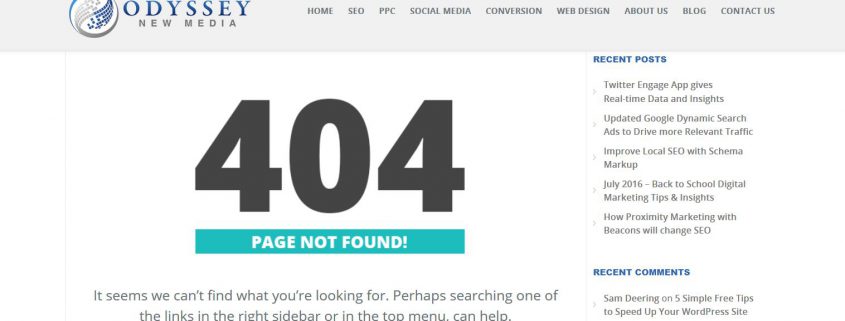Server Errors that Damage SEO Efforts
Server errors, more correctly server header status codes, can damage SEO efforts, so it is important to understand how these work and what they indicate to the search engines.
When your server gets a request to display one of your website’s pages from a visitor’s web browser, the server returns a server header status code to the visitor’s web browser, saying that the page is okay ‘HTTP/1.1 200 OK’.
This is accompanied by other information, such as the HTML code, which the visitor’s web browser uses to show the specific web page and its content.
This is however, unless there is an issue with the page. Each code delivers a different message and these can directly impact the page’s ranking with the search engines.
Beneficial Server Status Codes
200 OK: Some server status codes are beneficial in terms of SEO and the first of these is 200 OK. This code confirms that the page is okay and can be displayed in the visitor’s web browser. This is the best result possible, in terms of SEO.
A 200 OK code tells search engines that the page works as expected and over time, search engines interpret this to mean that the page can be trusted and acts positively within the search engine’s ranking algorithm.
301 Moved Permanently: If the page content no longer exists, then the best response in terms of SEO is 301 Moved Permanently, commonly know as the 301 redirect. This acts as a permanent marker that indicates to the search engines what the new permanent URL is, for the content that used to be on this page.
The 301 code redirects the visitor to the new URL, while also passing on any link authority that the old page’s URL held. In addition to this, it prompts the search engines to de-index the old URL.
Detrimental Server Status Codes
302 Found: Known as 302 redirects, this code only redirects the visitor to the URL where the page content can temporarily be found. This server status code does not pass on link authority, to help the page perform better in search engine ranking and it does not prompt the search engine to de-index the old URL.
404 Not Found & 410 Gone: These server status codes are accompanied by a visitor visible error message, such as ‘The page or file you are trying to access doesn’t exist’. The 404 code tells the search engine to de-index the URL but it does not indicate if the condition is temporary or permanent and once again does not pass on link authority.
The 410 code is usually considered permanent and indicates that the page is intentionally not available, as opposed to being unavailable due to web maintenance.
500 Internal Server Error, 502 Bad Gateway, 503 Service Unavailable & 504 Gateway Timeout: These server status codes indicate to visitors and search engines that right now, the site is broken. A regular occurrence of these codes indicates that your business’s website has poor up time and the search engines will rank the website poorly in search results.
It is imperative to use as many 301 redirects as possible for old URLs. The search engines will not rank highly websites that have a lot of 404 and 410 server status codes. Instead the search engines consider that there is a greater chance that individual URLs will not exist and hence, the website ranks poorly in search results.
About the Author:
Rob Stoubos is the Managing Director & Owner of Odyssey New Media – a leading full service Digital Marketing company in Birmingham, UK who offer expert SEO services in Birmingham. Rob has been working in digital marketing since 2005 and has helped many UK and international clients improve their sales, return and overall ROI through digital marketing channels.




Leave a Reply
Want to join the discussion?Feel free to contribute!